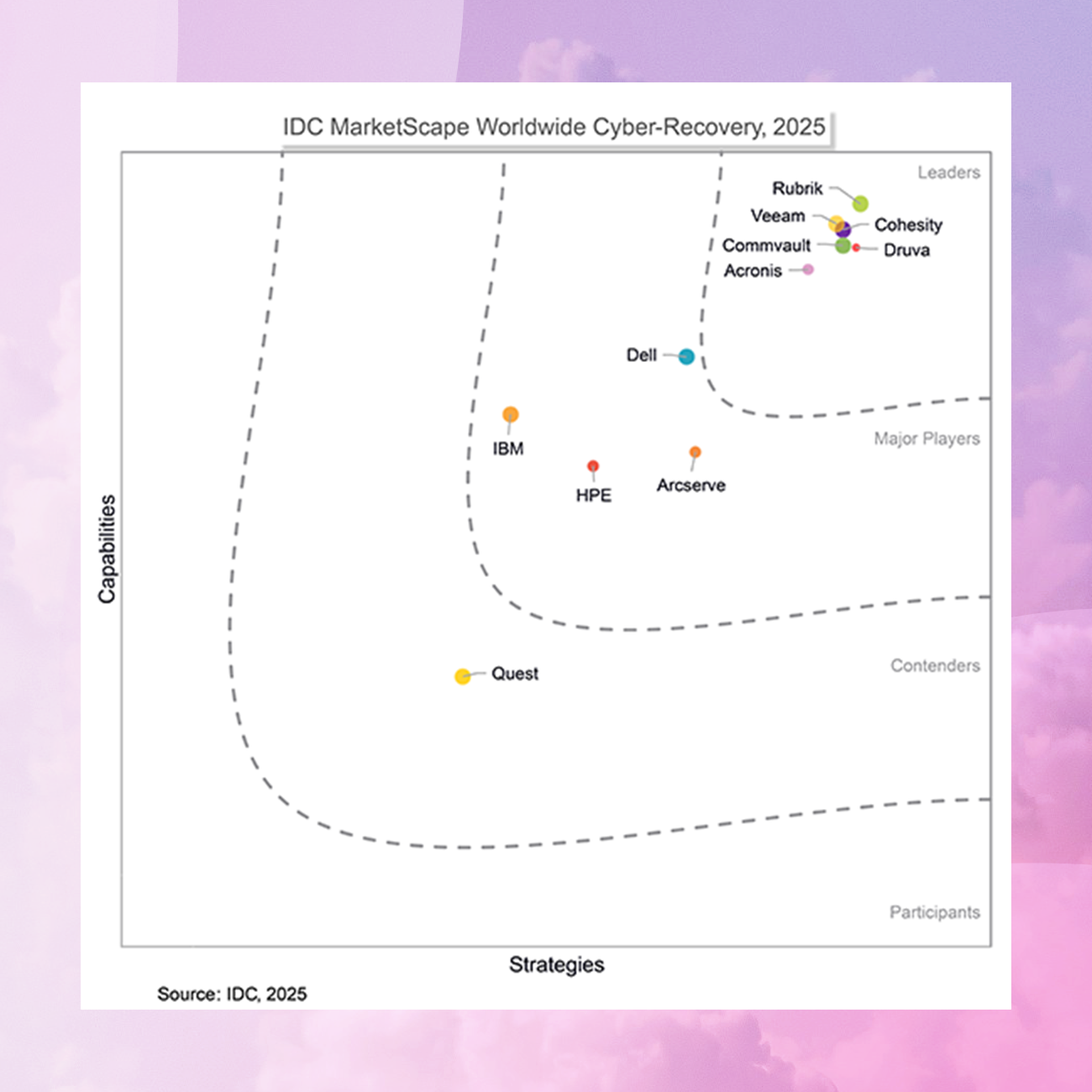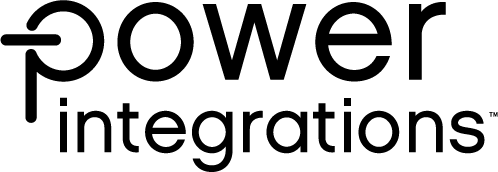Data Classification
Help find and classify sensitive data throughout your organization’s protected workloads to better understand how it’s protected, who has access to it, and how it’s managed.

Overview Video
Risk Governance Overview
See how Commvault Cloud Data Classification enables you to better control your sensitive data.

How we do it
Classify and control sensitive data
Commvault Cloud Data Classification uses AI and machine learning to allow you to automatically tag data so you can apply the encryption, access controls, and lifecycle rules according to your policies.
AI-enabled auto classification
Designed to automate classification of sensitive data with pre-built classifiers for sensitive information, like personally identifiable information, healthcare data, and financial data.
Customizable to fit your data
You can build your own classifiers to suit your needs, so that if Commvault sees something like “ACME – Privileged”, it can be automatically tagged and managed as appropriate for your policies.
Data lifecycle management
For certain types of sensitive data, keeping it too long can just add to your risk. Use classifications to automate the data’s lifecycle and flag it for review and deletion after a set retention period.
Classify data across many formats
Data can be classified in unstructured, semi-structured, and structured formats and across many different file types, including scanned documents using optical character recognition (OCR) technology.
Featured Workloads
Pre-built & classification types
Commvault’s intelligent data classification helps organizations take control of their data with precision and confidence.

Sensitive personal data
Things like customers’ and employees’ personal data, often the subject of privacy rules and regulations.
Confidential data
Data and documents that have indicators that suggest that access and sharing should be limited or restricted.
Financial data
Data which contains key financial information (either for customers, employees, or the organization).
Technology data
Sensitive technology-related data and information like API keys and secrets.
Customized to you
You can automatically tag data based on your own classifiers built with regular expressions (RegEx).
Our Reach
Supporting more than 100,000 companies
ANALYST REPORT
IDC MarketScape: Worldwide Cyber-Recovery 2025 Vendor Assessment
Commvault was recognized for strengths in cyber recovery architecture and workload and platform breadth, including our built-in capabilities for discovery and classification.


Commvault Cloud Risk Analysis

5 Ways Commvault is Changing the Game in Cyber Resilience

Streamlining Data Protection and Management for the Hybrid Enterprise
Frequently Asked Questions
What does data classification do to help with data security?
Classification helps you identify and label sensitive data, such as personally identifiable information (PII), financial details, health records, or intellectual property. This classification then lets you apply protections, to the right data, at the right time.
Why do I need to classify sensitive data?
Sensitive data — like personal, financial, or health information — often hides in unexpected places: emails, backups, file shares, or chat exports. Classification can help you find and label that data so it can be properly safeguarded. Without classification, attackers or insiders could access sensitive data unnoticed.
Do I need to protect all sensitive data in the same way?
Not all data needs the same level of protection. By classifying data based on its sensitivity or business impact, you can apply specific security measures to the right data. We recommend working with your legal and compliance teams to build a classification program and schema that maps to the legal and regulatory requirements of your business.
How does data classification help reduce risk?
In addition to helping with understanding what sensitive data you have, classification can also help with data life cycle management and data minimization. Classification helps you recognize what’s valuable and what’s redundant, making it easier to delete or archive unnecessary sensitive data. This can help you reduce your attack surface, lower storage costs, and reduce risk in the event of compromise, so you don’t have unneeded sensitive data in your environment.
Get Started
Try Commvault Cloud today
Cyber resilience for the cloud-first enterprise, with the first platform built to enable continuous business.








